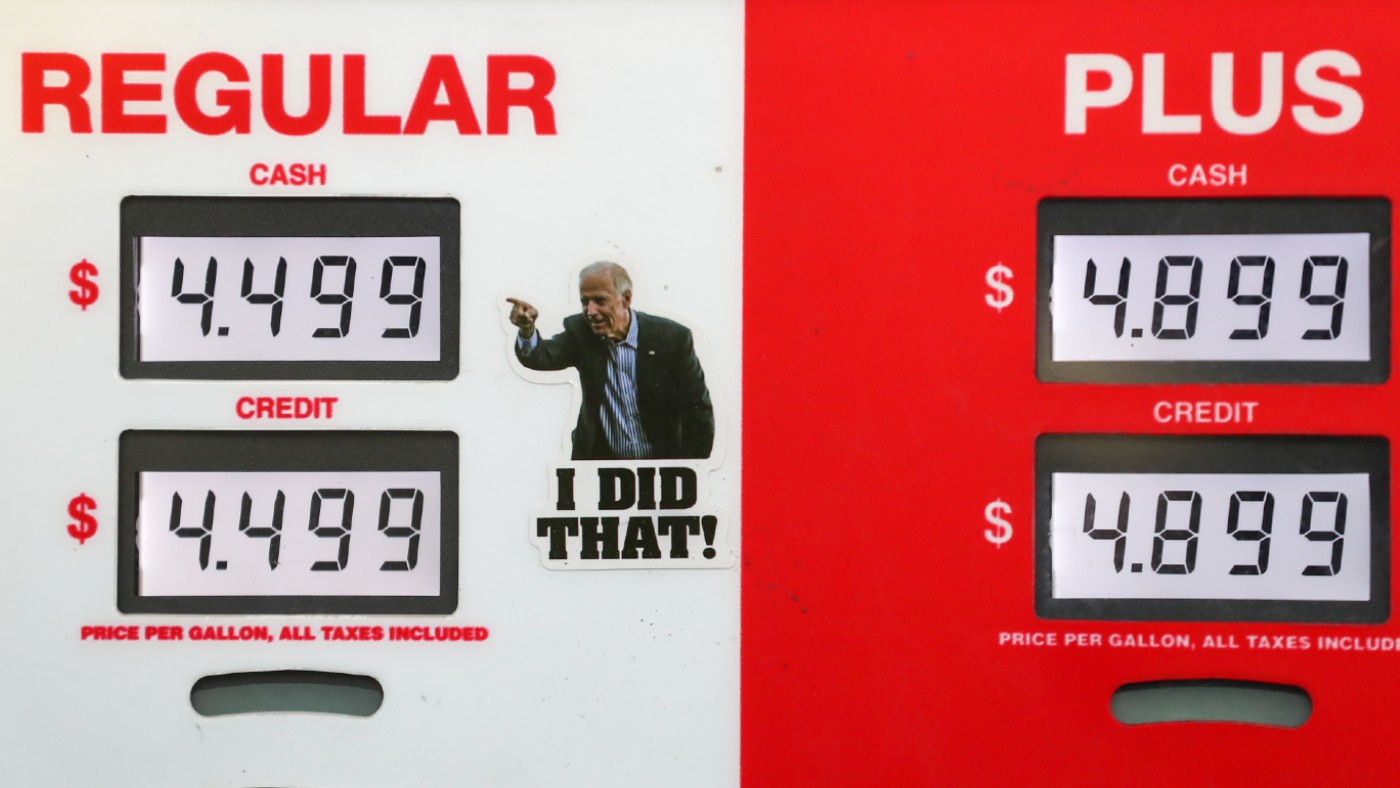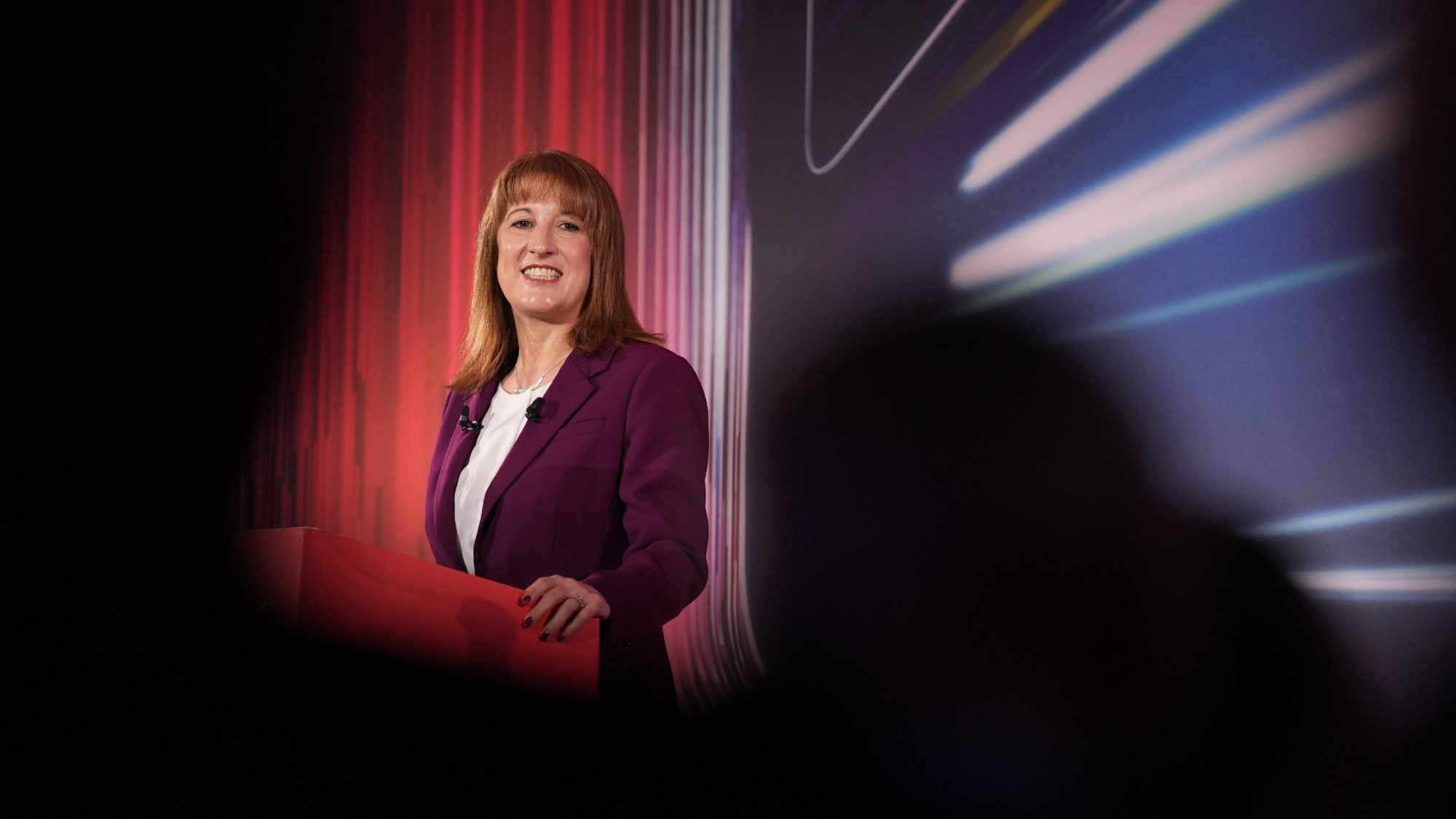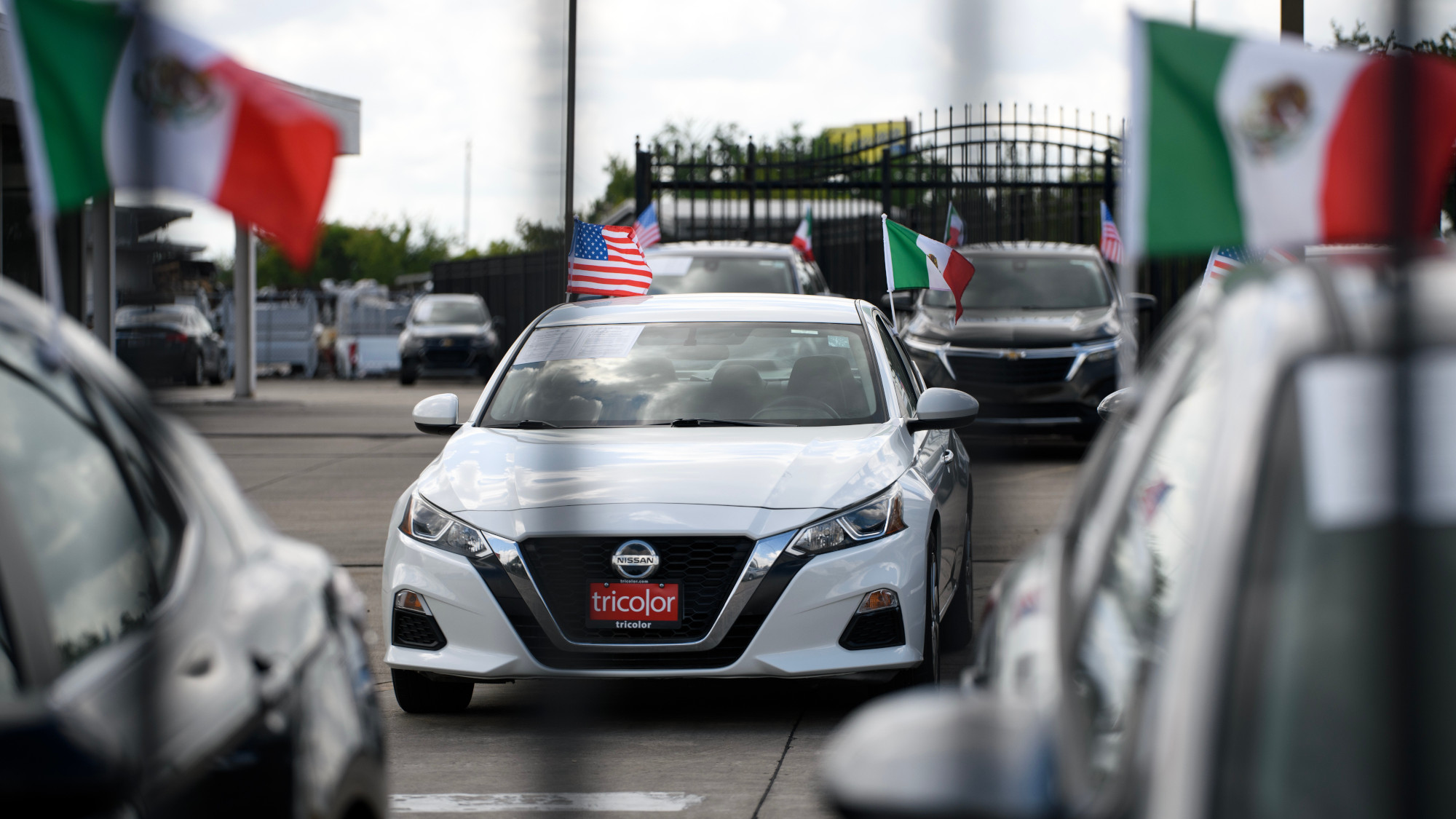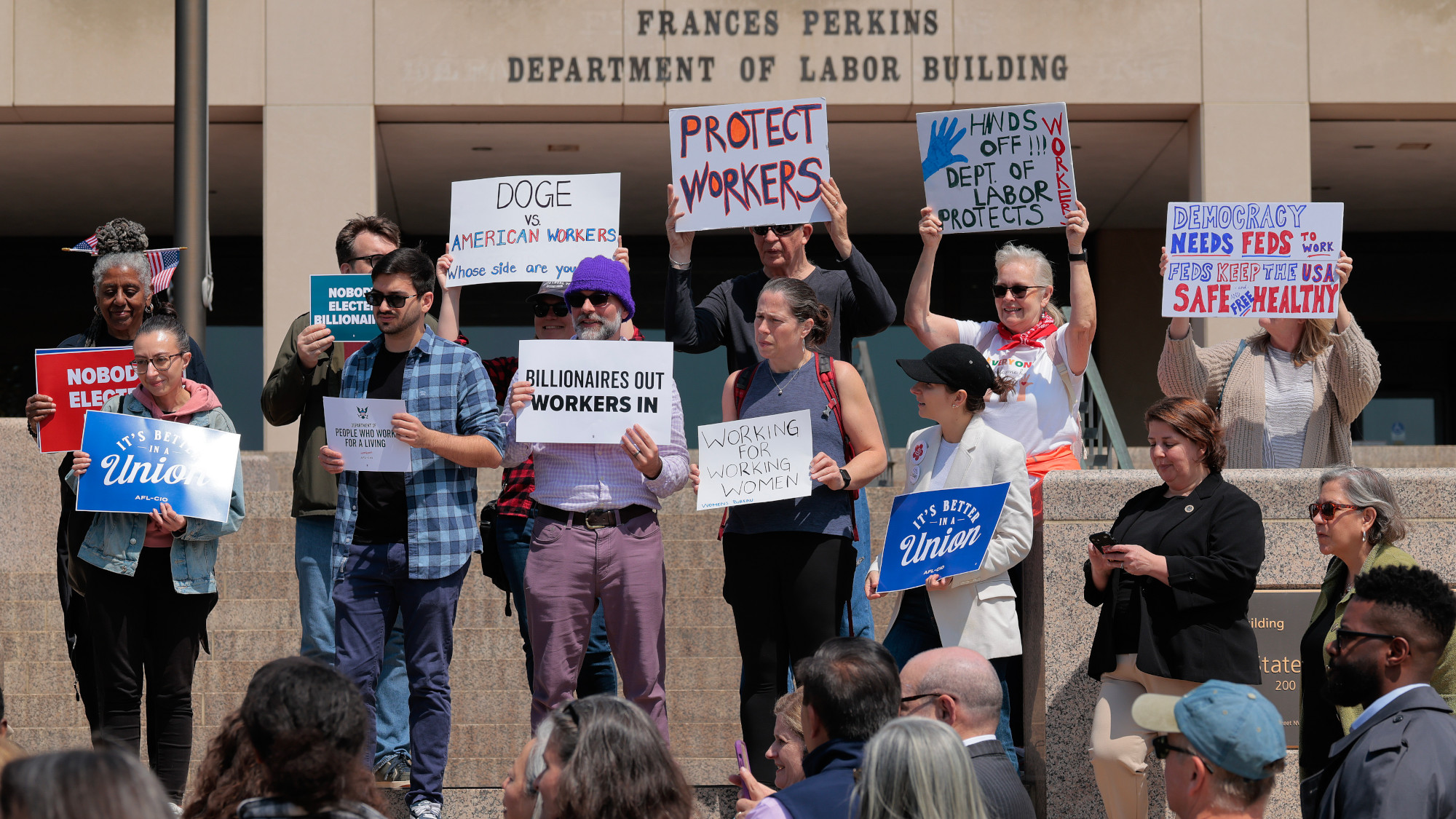Record petrol prices in the US: who should carry the can?
Conservatives are blaming Biden for the high cost of petrol as if there’s some ‘dial in the Oval Office’ that he uses to set prices

America broke a painful record last week, said Issues & Insights. The average price for a gallon of regular petrol crossed the $4.32 mark, surpassing the prior all-time high set in the summer of 2008. The White House is pretending that the soaring price is down to the Ukraine crisis, but don’t you believe it. It has just as much to do with its own war on America’s fossil-fuel industry. On his first day in the White House, Joe Biden killed off the Keystone XL pipeline that promised to bring in new oil supplies from Canada. Since then, he has blocked other drilling leases and permits. The truth is that the Democratic Party has long wanted petrol to be “priced as a luxury good”. Back in 2008, the man who would become Barack Obama’s energy secretary, Steven Chu, declared, “we have to figure out how to boost the price of gasoline to the levels in Europe”. Well, now their dreams have come true.
Conservatives are rushing to blame the Biden administration for the high cost of petrol, said Hayes Brown on MSNBC.com. People have been putting up little stickers of Biden at petrol pumps showing him pointing at the price total with the caption “I DID THAT!”. But it’s ridiculous to blame him, as if there’s some “dial in the Oval Office that he uses to set gas prices”. The cost of petrol is set by global markets and wider industry trends; it shot up from $80 per barrel to more than $120 following Putin’s invasion of Ukraine. The Keystone pipeline wasn’t even due to come on stream until next year. The industry’s in no hurry to ramp up production: there are 9,000 drilling permits it hasn’t made use of yet.
There is one respect in which Washington politicians really can be blamed for this problem, said Henry Grabar on Slate, and that’s their failure to do more to reduce demand for petrol. The last time America had a sustained run of high petrol prices was between 2011 and 2014. This spurred President Obama to bring in ambitious fuel-efficiency goals for automakers. But under industry pressure, he added a loophole for vehicles with larger footprints. The result: cars got bigger. “By 2018, two in three new vehicles sold was an SUV or a pickup – up from less than one in two a decade earlier.” If only America had taken proper steps a decade ago to get people to drive smaller cars, and make the country more pedestrian- and public-transport-friendly, it wouldn’t be as sensitive to the next “gas price spike”.
The Week
Escape your echo chamber. Get the facts behind the news, plus analysis from multiple perspectives.

Sign up for The Week's Free Newsletters
From our morning news briefing to a weekly Good News Newsletter, get the best of The Week delivered directly to your inbox.
From our morning news briefing to a weekly Good News Newsletter, get the best of The Week delivered directly to your inbox.
A free daily email with the biggest news stories of the day – and the best features from TheWeek.com
-
 Trump’s poll collapse: can he stop the slide?
Trump’s poll collapse: can he stop the slide?Talking Point President who promised to ease cost-of-living has found that US economic woes can’t be solved ‘via executive fiat’
-
 Codeword: December 7, 2025
Codeword: December 7, 2025The daily codeword puzzle from The Week
-
 Crossword: December 7, 2025
Crossword: December 7, 2025The daily crossword from The Week
-
 Coffee jitters
Coffee jittersFeature The price of America’s favorite stimulant is soaring—and not just because of tariffs
-
 Shein in Paris: has the fashion capital surrendered its soul?
Shein in Paris: has the fashion capital surrendered its soul?Talking Point Despite France’s ‘virtuous rhetoric’, the nation is ‘renting out its soul to Chinese algorithms’
-
 The 996 economy: Overtime, Silicon Valley–style
The 996 economy: Overtime, Silicon Valley–stylefeature After work, there’s...more work
-
 Autumn Budget: will Rachel Reeves raid the rich?
Autumn Budget: will Rachel Reeves raid the rich?Talking Point To fill Britain’s financial black hole, the Chancellor will have to consider everything – except an income tax rise
-
 Auto loans: Trouble in the subprime economy
Auto loans: Trouble in the subprime economyFeature The downfall of Tricolor Holdings may reflect the growing financial strain low-income Americans are facing
-
 Labor: Federal unions struggle to survive Trump
Labor: Federal unions struggle to survive TrumpFeature Trump moves to strip union rights from federal workers
-
 Nvidia: unstoppable force, or powering down?
Nvidia: unstoppable force, or powering down?Talking Point Sales of firm's AI-powering chips have surged above market expectations –but China is the elephant in the room
-
 DORKs: The return of 'meme stock' mania
DORKs: The return of 'meme stock' maniaFeature Amateur investors are betting big on struggling brands in hopes of a revival